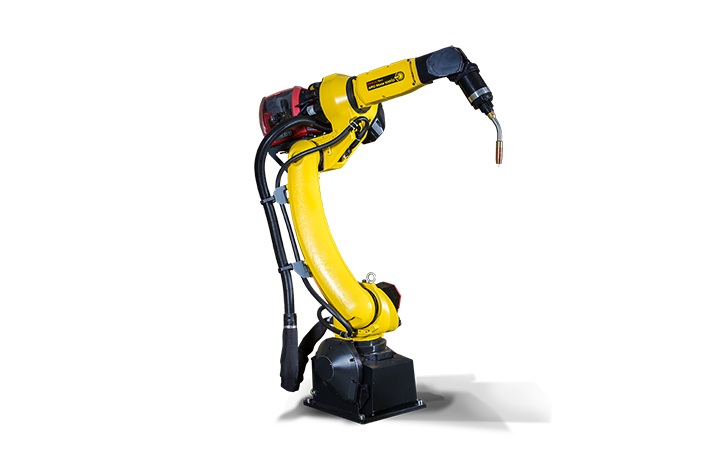
Energy efficiency in plastic injection and blow molding machines is essential for reducing operational costs and environmental impact. Modern technology offers methods that can significantly lower energy consumption, with potential savings up to 30%. By integrating advanced hydraulic systems and fine-tuning machine operations, manufacturers can achieve substantial improvements in both energy savings and machine performance.
Advanced Methods for Energy Efficiency
- Variable Displacement, Pressure-Regulated Pumps with Hydraulic Accumulators
One of the most effective methods for saving energy involves using variable displacement, pressure-regulated piston pumps in combination with hydraulic accumulators. This system can save approximately 30% of energy. Though the initial investment may be high, the energy savings over time make this a cost-effective solution with a quick return on investment. - Proportional Control for Injection, Clamping, and Material Handling Groups
By utilizing separate proportional valves for the injection, clamping, and material handling groups in plastic injection machines, synchronized movements can be achieved. This reduces cycle time, improving the efficiency of each phase of production and resulting in around 8% energy savings. Proper control of cooling and product handling time is also crucial for optimizing energy consumption. - Blow Molding Machines Efficiency
Similar strategies apply to blow molding machines. By using separate proportional valves for the clamping and injection groups, cycle times are reduced, leading to energy savings of up to 8%. Proper hydraulic accumulator management is essential to maintain consistent performance, ensuring that energy savings are realized without compromising machine function.
Key Technologies in Energy Savings
- Triple Fixed Displacement Tandem Pumps: These pumps help stabilize the operation and ensure that energy is used efficiently across various machine components.
- Single Fixed Displacement Pump with Hydraulic Accumulators: A simpler, less expensive option that can still provide energy savings in specific machine setups.
- Variable Displacement, Pressure-Regulated Pumps: These pumps adjust to the machine’s demand, reducing unnecessary energy use during low-load operations.
- Electronically Controlled Variable Displacement Pumps: These advanced pumps offer precise control over both speed (flow) and pressure, significantly optimizing energy consumption.
Conclusion: Maximizing Energy Efficiency for Long-Term Savings
Although the upfront costs of these technologies may be higher, the energy savings, combined with improved product quality and machine longevity, make them a worthwhile investment. Variable displacement pumps, proportional valves, and optimized machine control lead to precise energy use, enhancing both operational performance and sustainability. By integrating these solutions, manufacturers can lower energy costs, improve product consistency, and contribute to a more sustainable manufacturing process.






